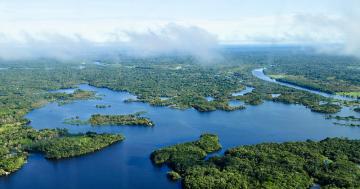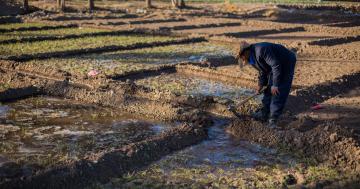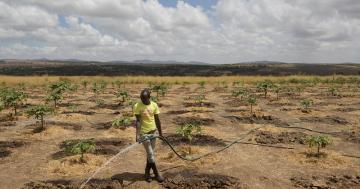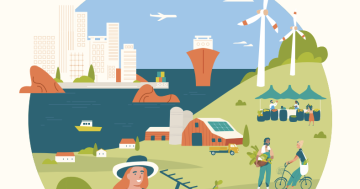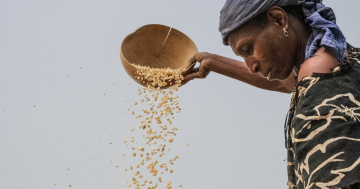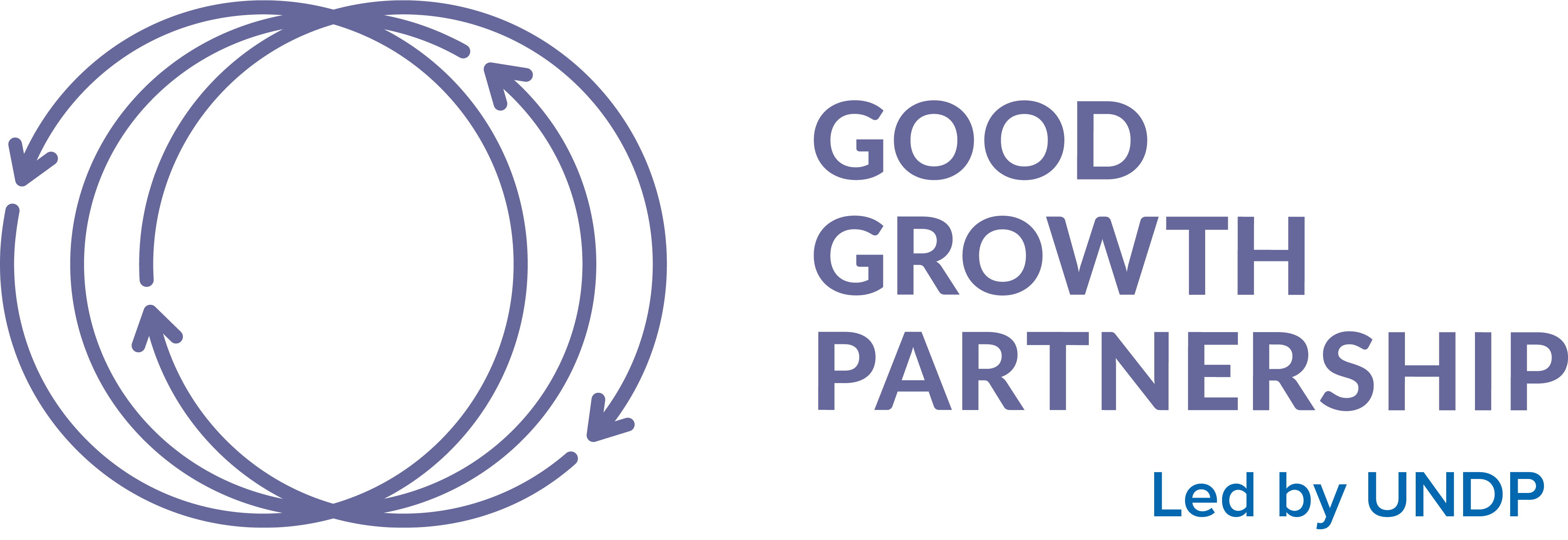Overview
Primary agriculture and commodity production systems extend over 40 percent of landmass, but natural habitats, forests and ecosystems are being degraded and lost at an unprecedented rate. Agricultural expansion, poor productivity, and inadequate policies and practices contribute to 80 percent of global deforestation and 70 percent of freshwater withdrawals, drives landscape degradation and biodiversity loss, and contributes almost 30 percent of planet-warming greenhouse gas emissions. The global population is projected to grow to more than 9 billion by 2050 and food consumption is projected to double, which will increase pressures on landscapes and biodiversity.
The pace and scale of land use change, deforestation and environmental degradation are particularly concentrated in rural areas, where 78 percent of the world’s poorest people live. Almost 2 billion hectares of cropland, grazing land, forests, and woodlands currently degraded, putting livelihoods and food security at risk, contributing to emissions, biodiversity loss, soil degradation, and loss of ecosystem services. Scientists warn that deforestation, forest degradation, extended droughts, forest fires and rising temperatures risk reaching tipping points in key biomes such as the Amazon within the next 12 to 15 years.
Opportunities
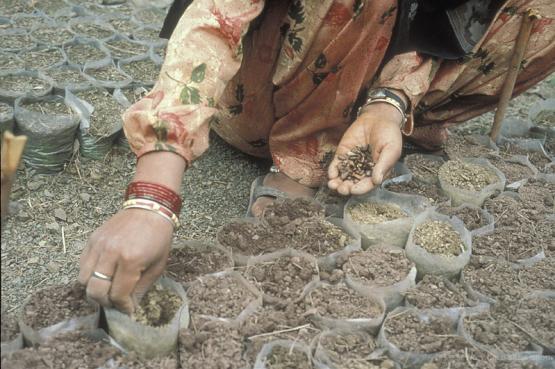
Woman planting seeds. India. © Curt Carnemark/World Bank
Enabling sustainable intensification through a landscape approach is central to agricultural practices from the FOLUR perspective. By integrating the full range of land uses and users in a given area through coordinated policies and management, efficient and productive eco-agricultural systems can meet livelihood, environmental health and food security needs, while building resilience and reducing activities that exacerbate climate change risks.
Agricultural efforts must take into consideration the overall health of all tropical terrestrial ecosystems, including forests, savannas and drylands as well as water resources and the entire surrounding ecosystem. Like any asset, natural capital depreciates in value if it is not properly managed.
Through FOLUR, the aim is to ensure efficient and productive eco-agricultural systems that can meet livelihood and food security needs, while building resilience and limiting activities that exacerbate climate change. Boosting soil carbon through climate-smart initiatives, including mixed use and agroforestry systems, mulching, intercropping, improved management of livestock to prevent nutrient depletion, reduce methane emissions and redesign waste management controls benefit environmental and human health.
Our Strategy
Expected growth in production must be managed through sustainable intensification, improved enabling policies and governance. New methods should aim to minimize negative environmental impacts, sustain natural capital, and meet the increased and diversified food demand without risk of further habitat loss. Restoration of degraded land and soil offers vast potential as a carbon sink and as a means to make more land available for agriculture without further compromising natural habitats and the ecosystem services that they generate. Despite alarming degradation trends, clear opportunities exist for improving the sustainability of commodity production and consumption and reduce pressure on landscapes and ecosystems. The FOLUR Integrated Platform has two main elements – a Global Knowledge to Action Platform Project and 27 Country Projects - designed to tackle the dual challenges of achieving a global food system built on sustainable land use practices and productive, resilient landscapes. The Global Knowledge to Action Platform Project, working with the country projects offers capacity building, technical assistance, policy engagement, resource mobilization and knowledge exchange that help to address the defined needs for: more concerted collective action, more coordinated and integrated interventions; scaled up investment with a faster pace and greater impact, the need for policy harmonization and subsidy repurposing, financial innovation and leverage, and knowledge exchange, communication and outreach to existing and new stakeholders.
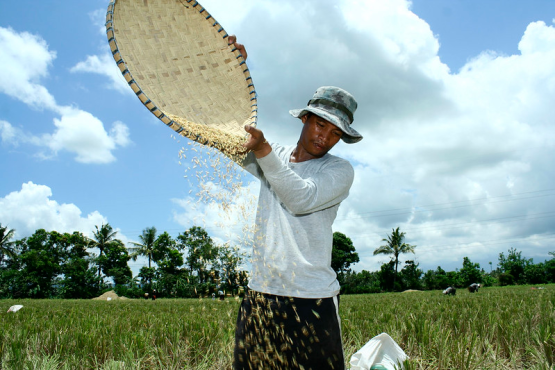
A farmer scattering rice grains in Santa Cruz, Laguna, Philippines. Danilo Pinzon/World Bank

